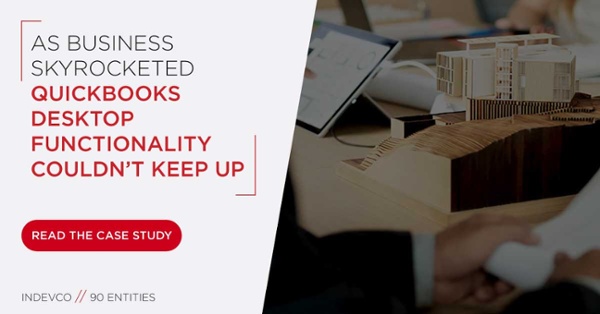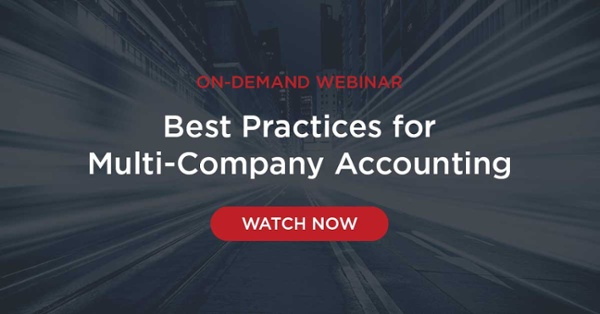More to love: 4 tips for managing your multi-entity accounting

As your business grows or your accounting practice expands to encompass several clients, you may find yourself managing multiple companies via one accounting system.
Perhaps your firm has developed other entities in order to manage real estate, purchased subsidiaries or merged with a partner to create economies of scale. Whatever the reason, you’re tasked with integrating the financials of each organization in effective ways that strengthen collaboration, comply with regulations and make sense to all stakeholders.
In many cases, accountants struggle to adapt to those changes. Some are challenged to produce timely, consolidated business summaries and period-end closes that account for all business entities, causing problems for company leaders trying to make day-to-day business decisions. And sometimes companies end up hiring additional financial staff to handle workloads.
Neither are inter-company accounting issues limited to large, multinational firms. "I've seen companies with 10 or fewer legal entities that have major problems," Deloitte CPA Kyle Cheney told the Journal of Accountancy.
Fortunately, those issues can often be averted through strategy and the right choice of tools. If you’re faced with the task of integrating multiple businesses within one accounting system, here are suggestions for making that transition smoother.
Opt for a capable multi-entity accounting software
Some solutions are designed so each company maintains its own database, creating silos of information that aren’t shared with other companies. In most cases, that means accountants must log in and out of various databases and juggle interfaces just to complete routine tasks, leading to wasted time and brainpower that could have been spent on more important tasks.
That scenario can be extremely frustrating for the time-starved accountants jumping through all those hoops. Fortunately, multi-entity software solutions have solved that problem by ensuring multiple clients, companies, subsidiaries or partners can be accessed on one interface for user-friendly viewing and adjusting on demand.
Create across-the-board transparency
Company trust and credibility is furthered when the same key information is made available to all stakeholders. That’s why cloud-based accounting software that can be viewed anywhere, anytime is so valuable. The best versions allow for easy share-ability and ensure that key data is accessible on one dashboard so everyone who needs to know can keep up on real-time business metrics.
Customize your tools
Consider the capabilities of your accounting software and your other digital tools, then take advantage of every opportunity to personalize the settings in ways that could save you time and energy. For example, you may wish to set up your operational dashboard to reflect sales and inventory levels at each of your company’s subsidiaries.
Consolidate and batch
Look for ways to make your work processes easier by segmenting tasks across companies, then taking care of those tasks all at once. Even simple changes such as creating email folders, designing billing templates or invoicing monthly instead of daily could save you hours of work.
Instead of trying (in vain) to get by on old-school systems like QuickBooks or Excel, discover how Gravity Software® (Gravity) can incorporate multiple companies into one database. There’s no need for the user to log in and out of databases; master files can be shared or used individually. Financial reports can be created for multiple companies; consolidations are simple to create and inter-company entries can be easily made across multiple companies in one screen. Learn more about Gravity’s cloud-based accounting capabilities by scheduling your online demo today! Just say GO!
Gravity Software
Better. Smarter. Accounting.



